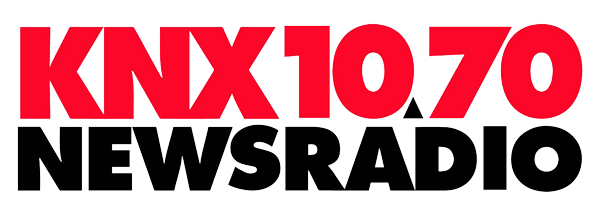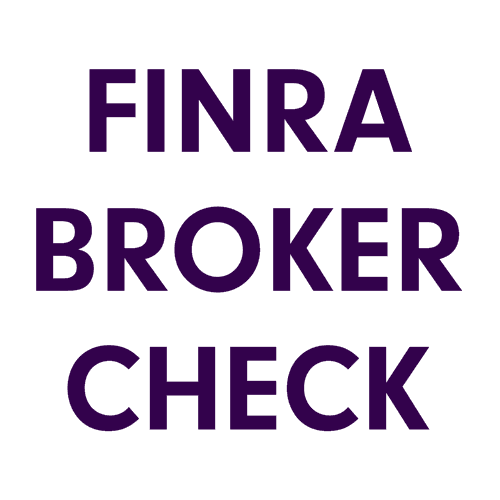U.S. Markets
Escalating tensions in Eastern Europe upended markets in February, sending stocks lower for the month.
The Dow Jones Industrial Average dropped 3.53 percent while the Standard & Poor’s 500 Index fell 3.14 percent, and the Nasdaq Composite lost 3.43 percent.1
Ukraine’s Influence
The buildup of Russian troops on the Ukrainian border dominated the market last month, even before it culminated in a late-February invasion. Volatile stock prices turned lower as hopes for a diplomatic solution faded over the course of the month. The S&P 500 Index fell into correction territory on the eve of the invasion.
As investors woke up to learn that the invasion was underway, stocks suffered steep declines in early trading on February 24. However, they soon staged an extraordinary rally that saw the S&P 500 end the day 1.5 percent higher, after being down more than 2.6 percent. The Nasdaq Composite closed 3.3 percent higher after dropping nearly 3.5 percent during the day. That momentum continued into the following day but then faltered on the final trading day of a difficult month for investors.2
Economy Watch
Prior to the geopolitical tensions, investors had been focused on market fundamentals like economic data and corporate earnings. Continued positive corporate earnings surprises buoyed investors, outweighing hot inflation numbers.
With the Omicron variant waning, investors were looking forward to an economic recovery in 2022, but the economic impact of the invasion may dampen that forecast. Those events have also placed the Fed in a more difficult position. It’s looking to lower inflation this year but must balance a potential slowdown in economic growth due to geopolitical events.
Sector Scorecard
Except for Energy (+7.07 percent), all industry sectors closed the month with losses, including Communications Services (-7.44 percent), Consumer Discretionary (-4.07 percent), Consumer Staples (-1.41 percent), Financials (-1.38 percent), Health Care (-0.97 percent), Industrials (-0.84 percent), Materials (-1.27 percent), Real Estate (-4.80 percent), Technology (-4.88 percent), and Utilities (-1.91 percent).3
What Investors May Be Talking About in March
The Federal Open Market Committee (FOMC) is meeting on March 15–16. The Fed is expected to announce the first of several federal fund rate hikes in 2022 and provide greater clarity on its monetary tightening plans.
While the market consensus is that the Fed will hike interest rates by 0.25percent, the Russian invasion of Ukraine has added a layer of uncertainty. Raphael Bostic, President of the Federal Reserve Bank of Atlanta, commented in a late-January interview that the Fed has not ruled out a 50-basis point hike.4
In the past, markets have reacted to FOMC meeting updates and the follow-up remarks made by Fed Chair Jerome Powell at post-meeting press conferences: March may be no different.
World Markets
Overseas markets reacted to the events in Eastern Europe, as the MSCI EAFE Index slipped 2.01 percent in February.5
Major European markets were mostly lower: Germany dropped 6.53 percent, Italy fell 5.21 percent, and France lost 4.86 percent. The U.K. was flat (-0.08 percent) as it loosened its Covid-related restrictions.6
Stocks in the Pacific Rim markets were mixed, with Australia gaining 1.11 percent on higher commodity prices. China’s Hang Seng index lost 4.58 percent while Japan’s Nikkei slipped 1.76 percent.7
Indicators
Gross Domestic Product: The second update on fourth-quarter GDP was revised higher, from 6.9 percent to 7.0 percent.8
Employment: The economy added 467,000 jobs in January, exceeding expectations. The participation rate rose as the unemployment rate ticked up to 4.0 percent, which was due to more workers entering the labor market. Wages climbed 0.7 percent last month, bringing year-over-year wage increases to 5.7 percent.9
Retail Sales: Retail sales rebounded in January, rising a better-than-expected 3.8 percent. The increase was led by strong gains in furniture and home furnishing sales and in motor vehicle and vehicle parts sales.10
Industrial Production: Industrial output surged 1.4 percent, which was nearly triple the consensus expectation. Capacity utilization increased 1.0 percent, reaching its highest level since March 2019.11
Housing: Housing starts slipped 4.1 percent in January due to freezing temperatures across the nation.12
Existing home sales surged 6.7 percent as the supply of homes dropped 16.5 percent from a year earlier.13
New home sales slipped 4.5 percent from December and 19.3 percent from January 2021.14
Consumer Price Index: Inflation rose to a 40-year high, with January prices climbing 0.6 percent and year-over-year costs increasing 7.5 percent. Core inflation (excluding food and energy) grew 6.0 percent from January 2021.15
Durable Goods Orders: Orders for long lasting goods rose 1.6 percent, double the consensus estimate.16
The Fed
In minutes from the Federal Open Market Committee (FOMC) two-day meeting ending January 26, the Fed reaffirmed its plans to raise interest rates and shrink the Fed’s balance sheet. Some officials expressed concern about financial stability and the stubbornness of inflation.17
“Some (Fed) participants reported that their business contacts remained concerned about persistently high inflation and that they were adjusting their business practices to cope with higher input costs—for instance, by raising output prices or utilizing contracts that were contingent on their costs,” according to the minutes. “Participants generally expected inflation to moderate over the course of the year as supply and demand imbalances ease and monetary policy accommodation is removed.”
| MARKET INDEX | Y-T-D CHANGE | February 2022 |
| DJIA | -6.73% | -3.53% |
| NASDAQ | -12.10% | -3.43% |
| S&P 500 | -8.23% | -3.14% |
| BOND YIELD | Y-T-D | February 2022 |
| 10 YR TREASURY | 0.33% | 1.84% |
Sources: Yahoo Finance, February 28, 2022
The market indexes discussed are unmanaged and generally considered representative of their respective markets. Individuals cannot directly invest in unmanaged indexes. Past performance does not guarantee future results. U.S. Treasury Notes are guaranteed by the federal government as to the timely payment of principal and interest. However, if you sell a Treasury Note prior to maturity, it may be worth more or less than the original price paid.
CITATIONS:
1. WSJ.com, February 28, 2022
2. CNBC.com, February 23, 2022
3. SectorSpdr.com, February 28, 2022
4. CNBC.com, January 30, 2022
5. MSCI.com, February 28, 2022
6. MSCI.com, February 28, 2022
7. MSCI.com, February 28, 2022
8. CNBC.com, February 24, 2022
9. CNBC.com, February 4, 2022
10. CNBC.com, February 16, 2022
11. CNBC.com, February 16, 2022
12. Reuters.com, February 18, 2022
13. CNBC.com, February 18, 2022
14. Reuters.com, February 24, 2022
15. WSJ.com, February 10, 2022
16. FoxBusiness.com, February 25, 2022
17. CNBC.com, February 16, 2022










